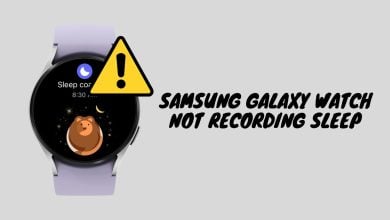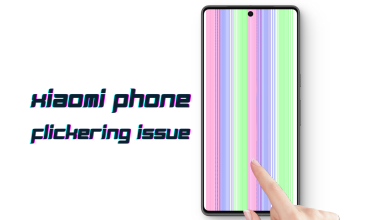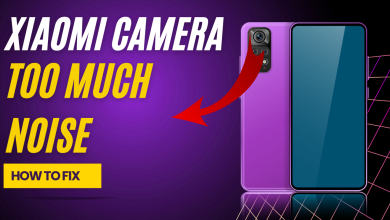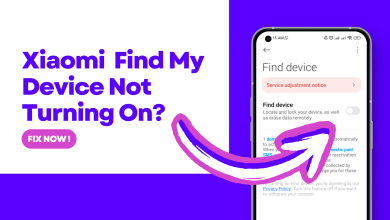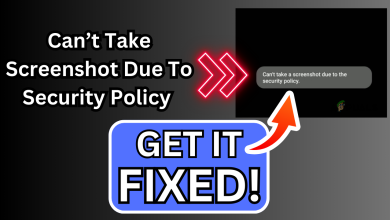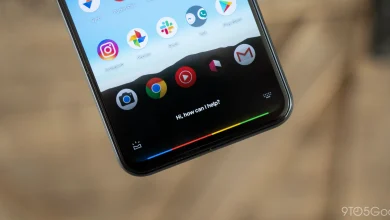Fix: “SD Card is Blank or has Unsupported File System” Notification
You will encounter the ‘SD Card is blank or has an unsupported file system’ error if the inserted card is faulty, or the phone is not compatible with the card’s file system. Try formatting the SD card using the FAT32 system, as it will clear any file system errors, and most devices are easily compatible with this format.
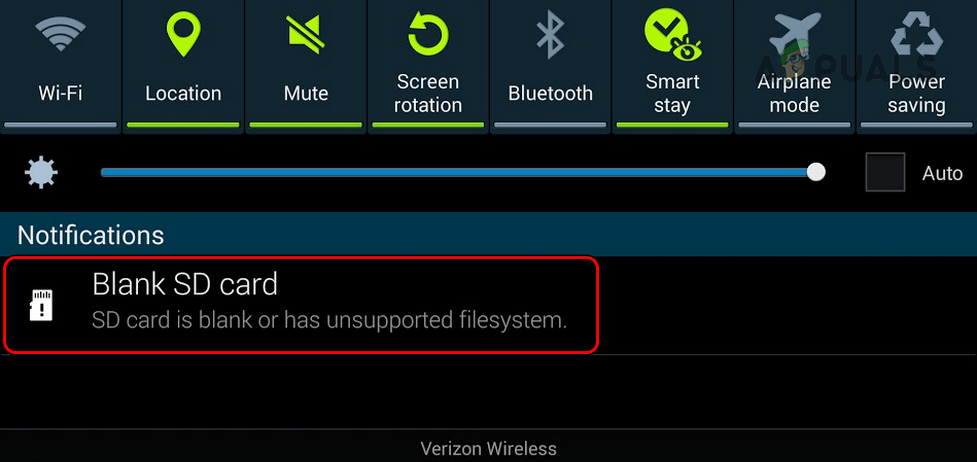
Before starting the troubleshooting process, ensure that your phone supports the capacity of the SD card. A phone that supports 32 GB will display the blank or unsupported issue if a 64 GB card is inserted into the phone.
Moreover, if your SD card was encrypted before the issue occurred, then its chances of recovery are minimal, and it would be better to use a professional data recovery service.
1. Restart your device.
Your device will show an SD card as blank or unsupported if the storage modules of the OS are not fully functional after an update. This happens more often than you think. Here, restarting your device will do the trick.
- Press and hold the power button of your phone.
- Tap on “Restart,” and once done, check if the SD card is working.
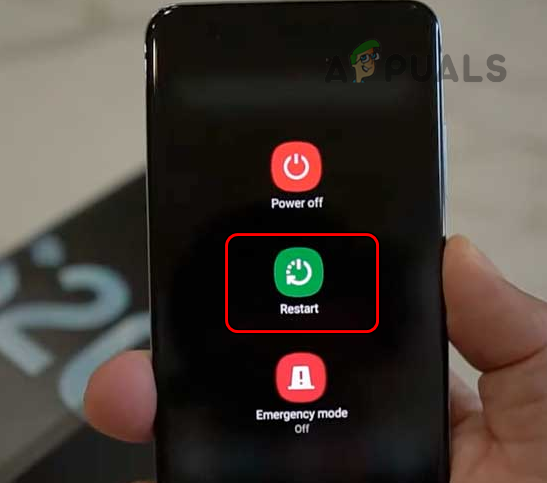
Restart Your Phone - If not, power off the phone and remove the SD card from it.
- Turn on the phone without the card, and wait for a minute before inserting the card back in.
- Now check if the issue is resolved.
2. Clean the SD card and its slot.
If rust, debris, or dust on the SD card connections prevents a proper connection from being established, it will result in this error message. This can be fixed by cleaning the SD card and the device’s slot.
- Power off the device and remove the SD card.
- Grab a lint-free cloth and clean the connections of the SD card.
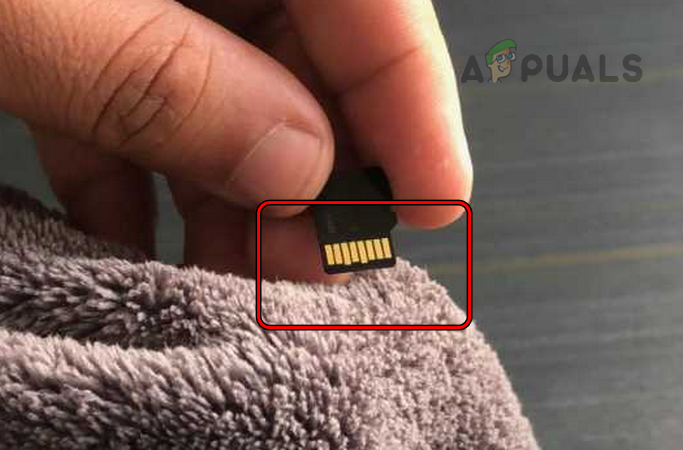
Clean the Connections of the SD Card - Grab a can of compressed air and blow air into the phone’s slot.
- Blow air onto the card’s connections, and then insert the card back into the phone.
- Power on the phone again and check if the card is working.
3. Try using the SD Card Data Recovery on another device.
Your SD card will appear as unsupported if the device in use is not compatible with the card. This can occur after an OS update or due to hardware issues with the device.
Here, trying the SD card on another device will confirm the scenario and help resolve the issue. If you want to attempt recovery after formatting the card, then format the card first and retry the recovery; however, you will risk losing your data permanently.
On another mobile device.
- Power off both phones and remove the SD card from your phone.
- Insert the card into the other phone and turn it on.
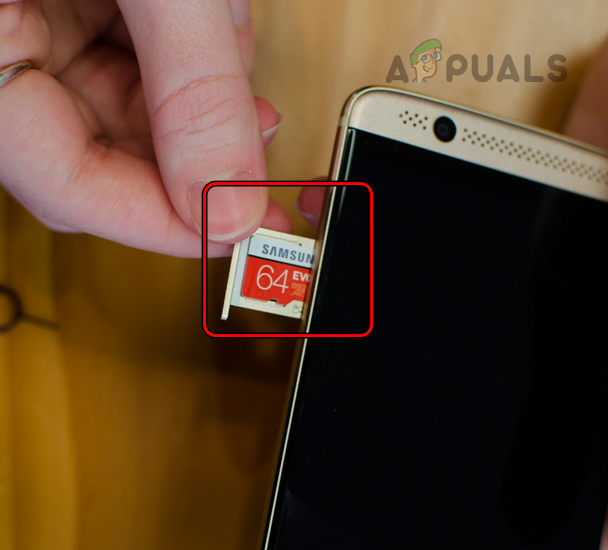
Insert an SD Card into a Phone - Check if the SD card is working properly. If so, you can back up your data. If the phone asks to format the card, do not format it at this stage.
If you have a spare SD card, check whether that card works correctly in the problematic phone.
On a PC
- Power off your phone and remove the SD card from your phone.
- Insert the card into an SD card reader and insert the reader into the PC.
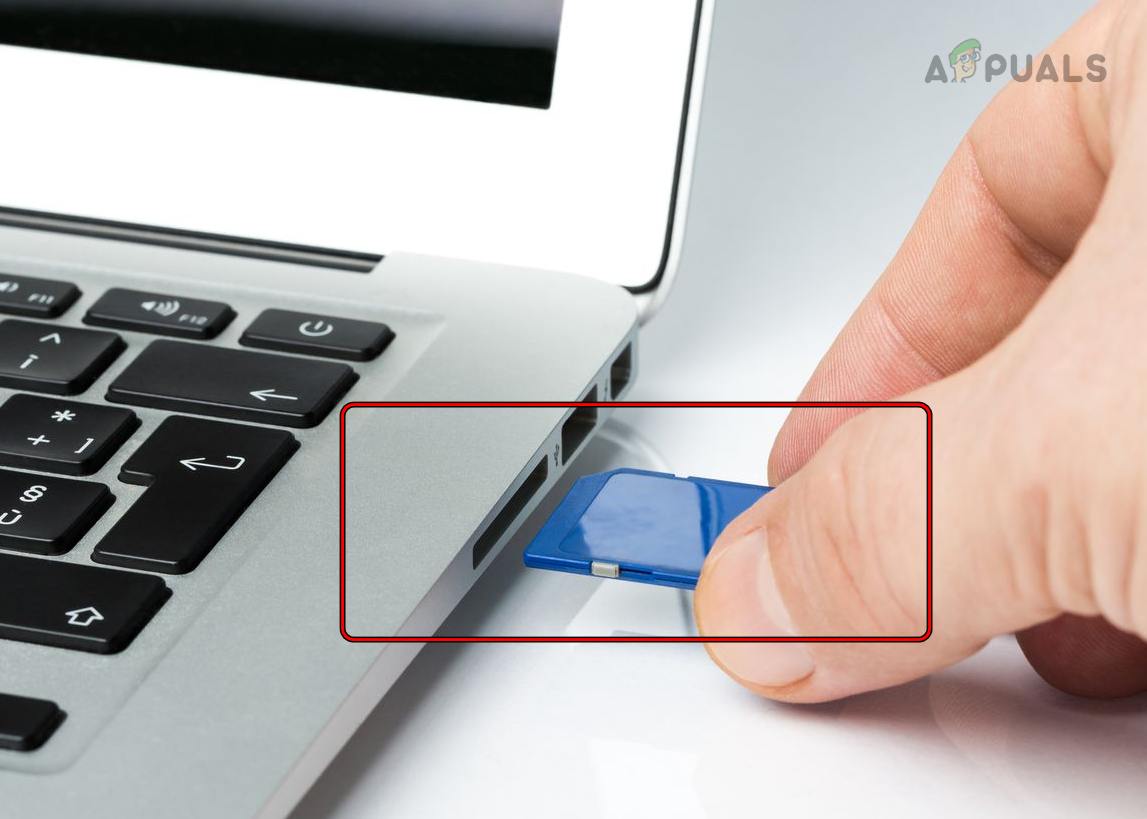
Insert an SD Card into a PC - Check if the PC can read and write to the card. If so, back up the data on your card. If the PC attempts to scan and repair the card, allow it to complete. If the PC prompts you to format the card, do not format it at this stage, as all your data will be lost.
Use a data recovery app.
If your PC cannot recover the data from the SD card, it is time to try a data recovery app. You may use any app of your choice, but TestDisk (free) and GetDataBack (paid) are reported to recover data from a blank or unsupported SD card.
You may try these apps at your own risk. We are referring to them only in good faith and for educational purposes. General guidelines for recovering data using a data recovery app are as follows:
- While your card is connected to the PC, download, install, and launch a data recovery app.
- Let the app scan the SD card. It may take some time to complete.
- If the app displays data on the card, activate the full version of the app (if required) and recover the data from the card. The process may take hours to complete.
4. Repair the SD Card by Formatting it on a PC.
The SD card may become blank or unsupported if it has bad sectors or if its file system contains errors. This could have occurred when the card was removed without proper unmounting or after an OS update. In this case, repairing the SD card by formatting it on a PC will solve the problem.
- Insert the SD card into the PC and launch File Explorer.
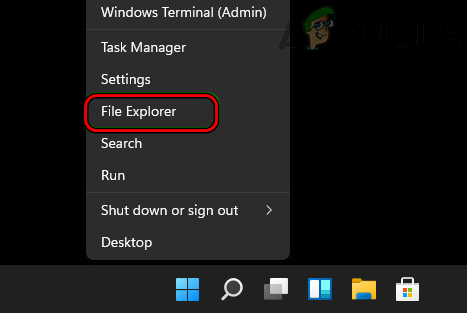
Open File Explorer from the Quick Access Menu - Right-click on the SD Card and select Properties.
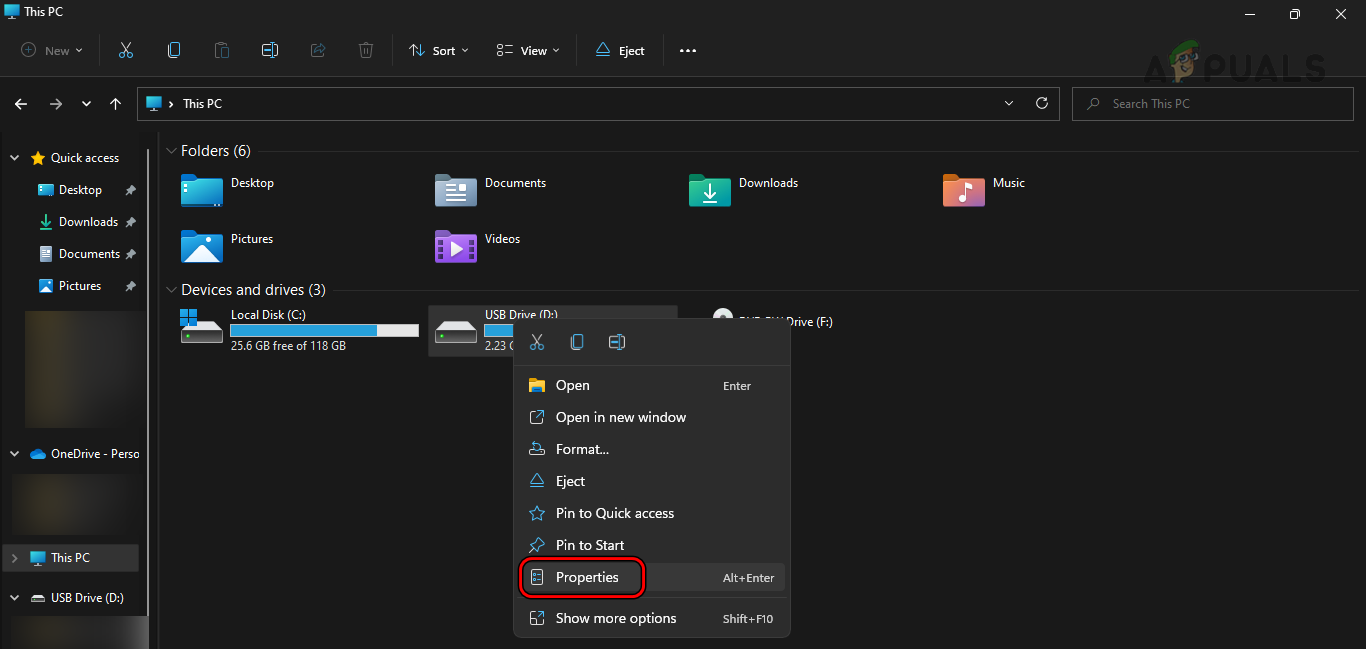
Open Properties of the SD Card on a PC - Head to the Tools tab and click on Check.
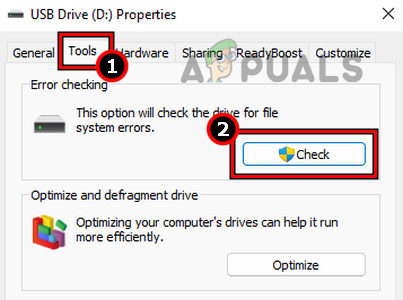
Open Check in the Tools Tab of the SD Card Properties - Select Scan and Repair Drive.
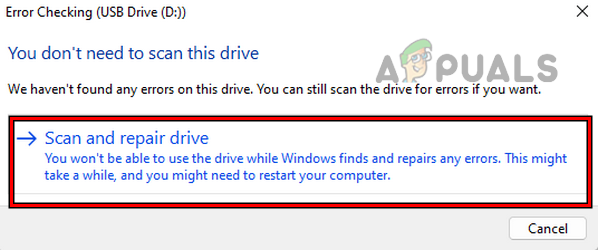
Scan and Repair the SD Card on a PC - Wait until the process is complete, and once it is done, remove the card from the PC.
- Insert the card into the problematic device and check if it is working properly.
If Window’s default repair mechanism didn’t work, you can move forward and install Minitool Partition Wizard.
- Install and launch MiniTool Partition Wizard Home Edition (you may use any other app of your choice).
- Perform a surface test of the card, and then conduct a file system check.
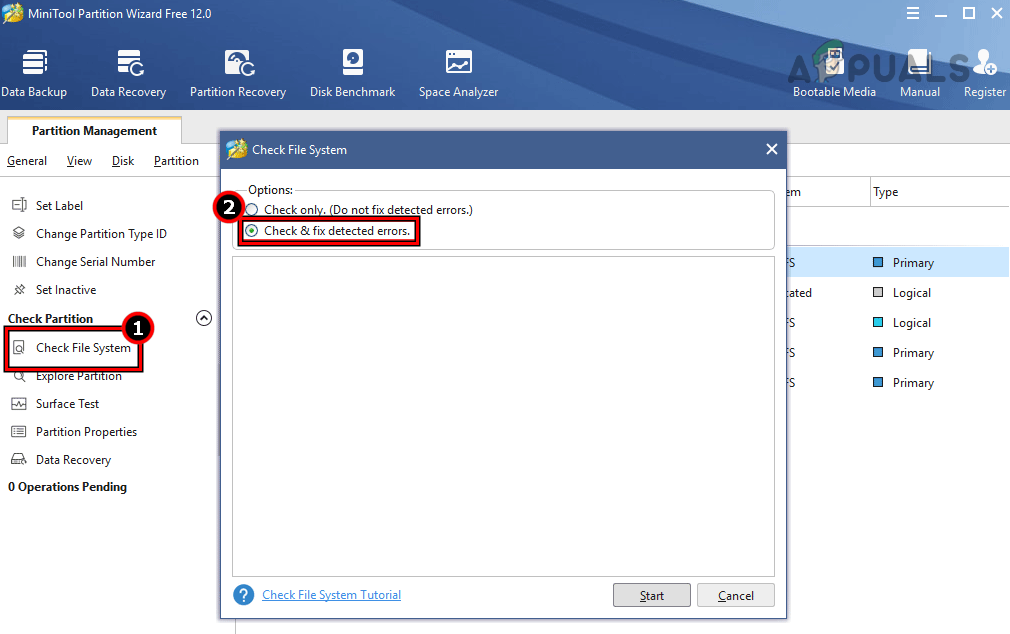
Check for File System Errors in MiniTool Partition Wizard - Once completed, remove the card from the PC and insert it into the phone. Ensure the phone is powered off.
- Power on the phone and check if the card is working properly.
5. Format the SD card using the FAT32 format.
If the data tables on your SD card are no longer valid or the card is formatted in an incompatible format (such as NTFS), then you will encounter a blank or unsupported problem. To fix this, format the SD card in the FAT32 format.
On a mobile phone.
- Open the Settings on your phone and navigate to Storage > SD Card.
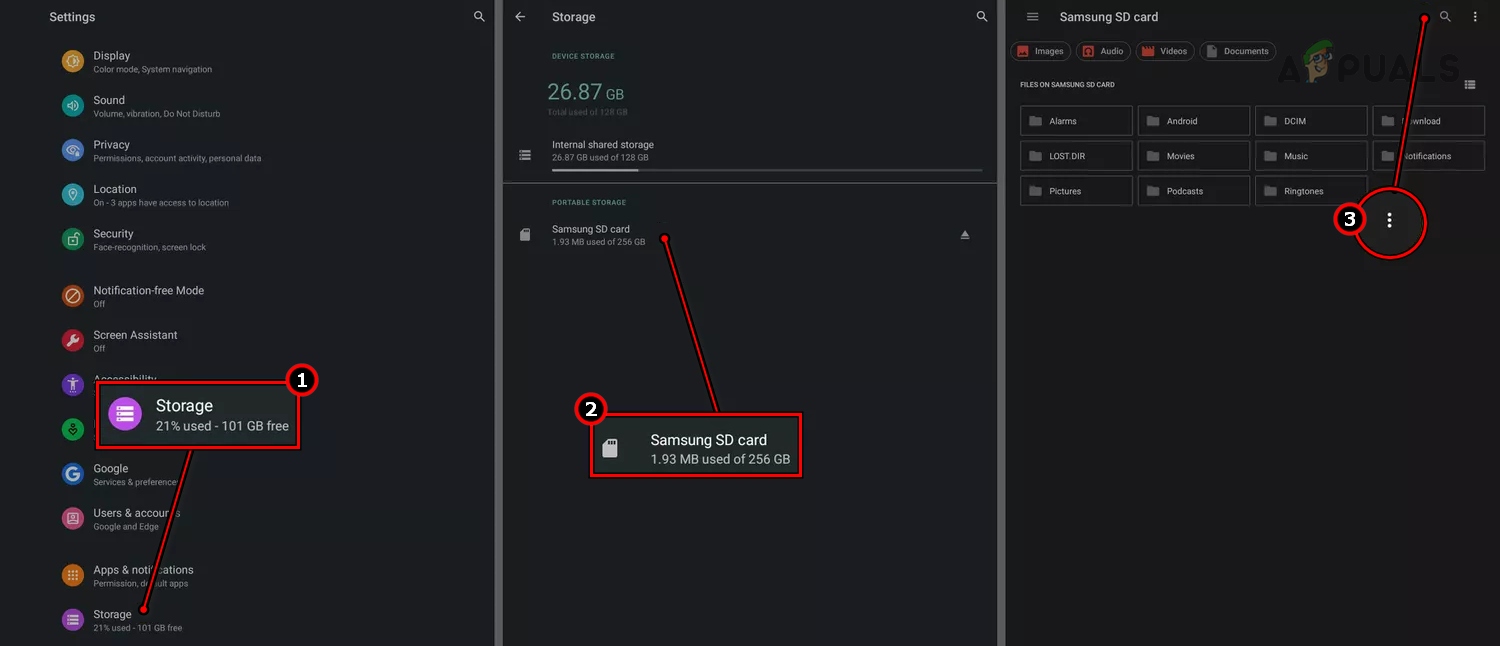
Open Properties of the SD Card on a Phone - Tap on ‘Format‘ and confirm to format your card. Check if the issue is resolved.

Format SD Card on a Phone
If the problematic phone fails to format the card, you can try formatting the card on another phone.
On a Windows PC.
- Insert the SD card into the PC using an SD card adapter, and then launch the File Explorer.
- Right-click on the SD card and select Format.
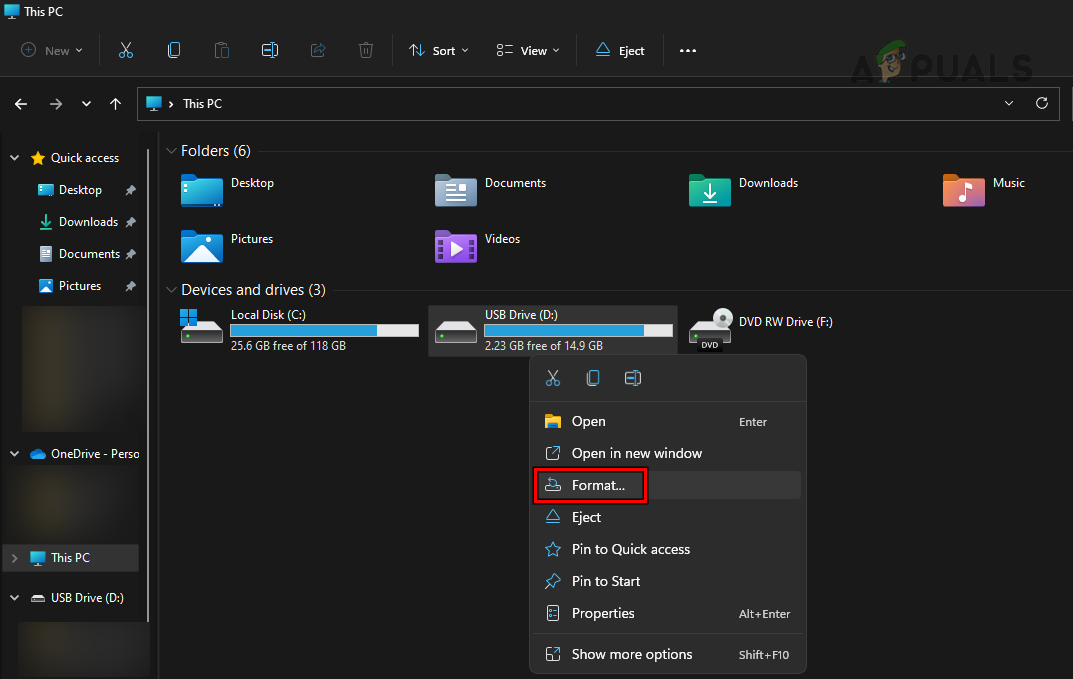
Open Format in the SD Card Properties on the PC - Change the file system to FAT32 (default) and uncheck ‘Quick Format.’
- Click on Start and select OK.
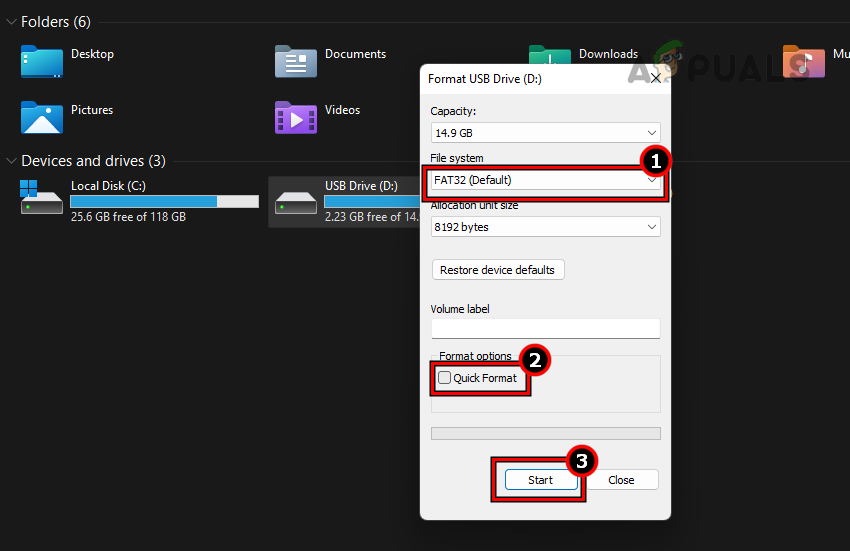
Set the File System to FAT32 (Default), Uncheck Quick Format, and Click on Start - Wait until the process is complete, and once it’s done, remove the card from the PC.
- Insert the card into the problematic device and check if the card is working properly.
If this doesn’t work, we can try renaming the drive letter. This refreshes the path of the SD card and it might solve the problem.
- Right-click on Windows and select Disk Management.
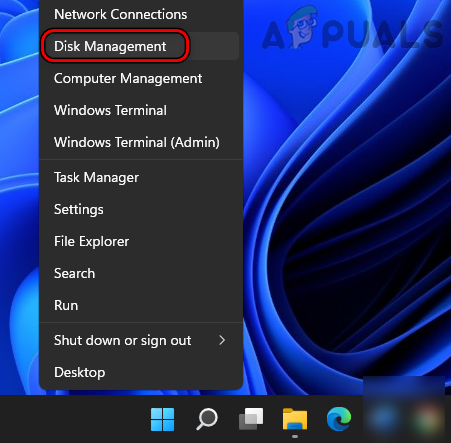
Open Disk Management in the Quick Access Menu of Windows 11 - Right-click on the SD card and select Change Drive Letter and Paths.
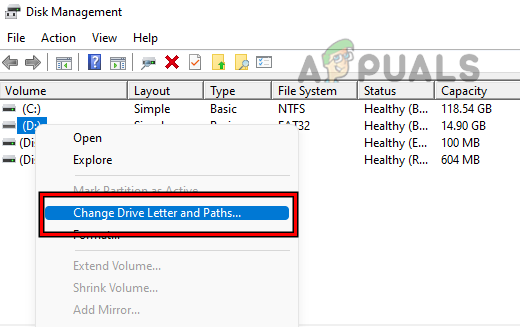
Change Drive Letter and Paths for the SD Card - Select Remove and confirm to remove the letters.
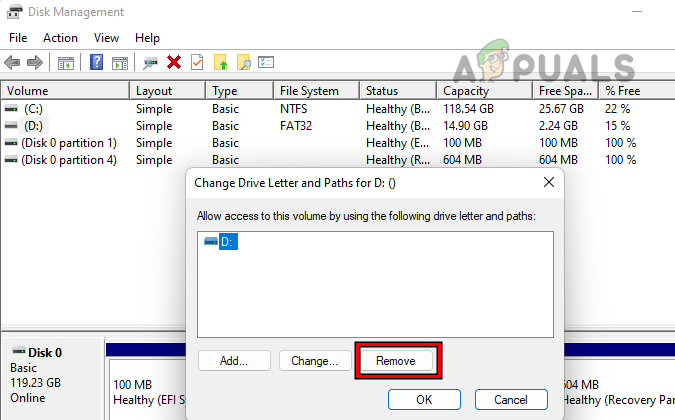
Remove the Letter for the SD Card - Add the letter back to the SD card and check if it can be formatted. If so, verify that it works properly on the problematic device.
If that does not work, check whether formatting the card with Diskpart solves the problem.
Use an app.
If your mobile device or PC is failing to format the card, let’s try an SD card app. You may try any app, but SD Formatter has been reported to format cards that cannot be formatted otherwise.
- Insert the card into the PC using an SD card adapter.
- Download and install the SD Card Formatter.

Download SD Card Formatter - Launch it as an administrator, and set the ‘Select Card‘ dropdown to your required card.
- Select Overwrite Format and click on the Format button.
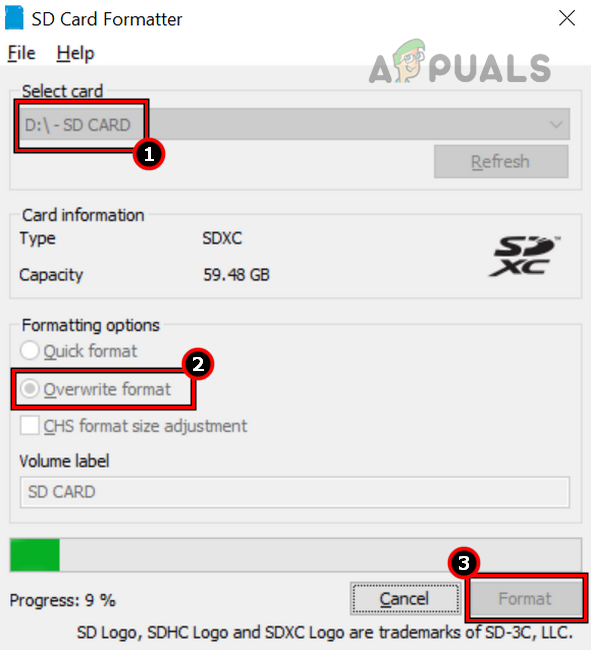
Use the Overwrite Format to Format the Card on SD Card Formatter - Wait for the process to complete, and once it’s done, close the app.
- Remove the card from the PC and insert it back into the phone. Make sure the phone is powered off.
- Power on the phone, and hopefully, the SD card will operate properly.
If not, the card is most likely faulty. You may have the card replaced if it is under warranty or purchase a new one. However, prior to that, ensure that another card works properly in your phone. Otherwise, the phone’s SD card slot might be faulty and require replacement.
If you have recently flashed a custom ROM on your device, check whether reverting to the stock ROM solves the problem. Lastly, a piece of advice: it is always good to back up your data, especially on memory cards, as these cards are prone to failure.
